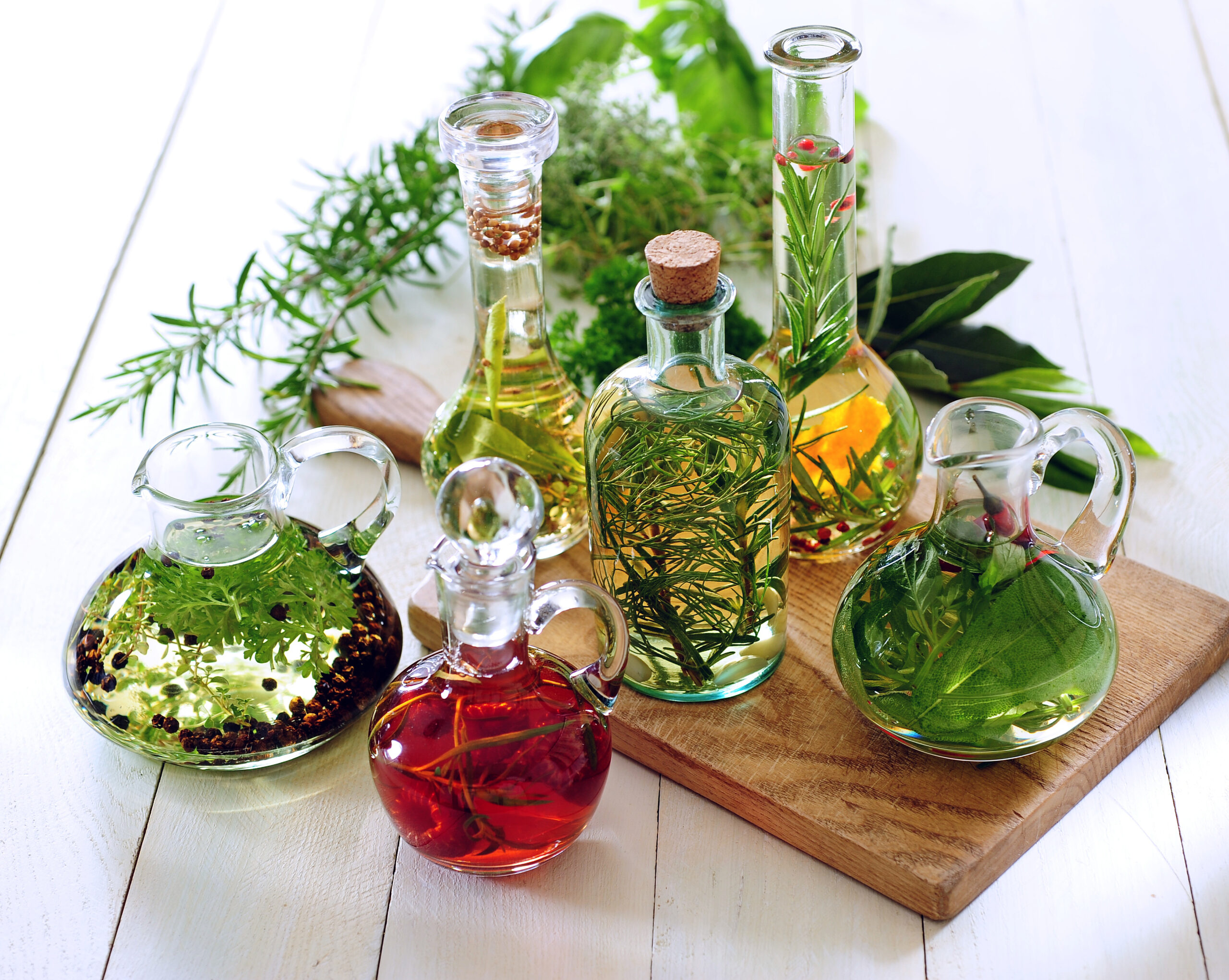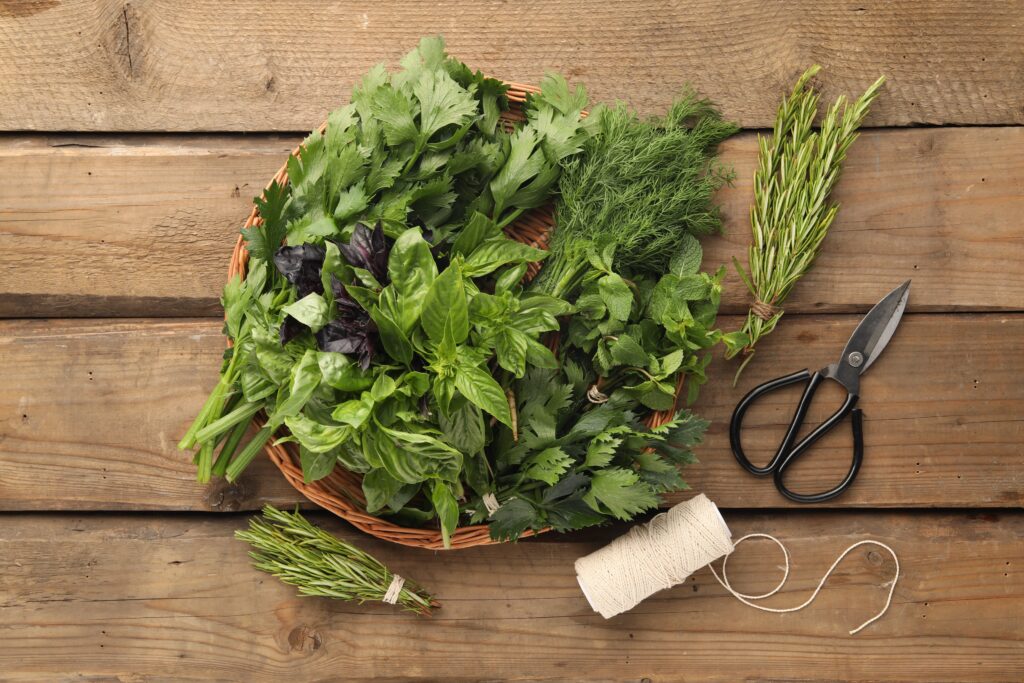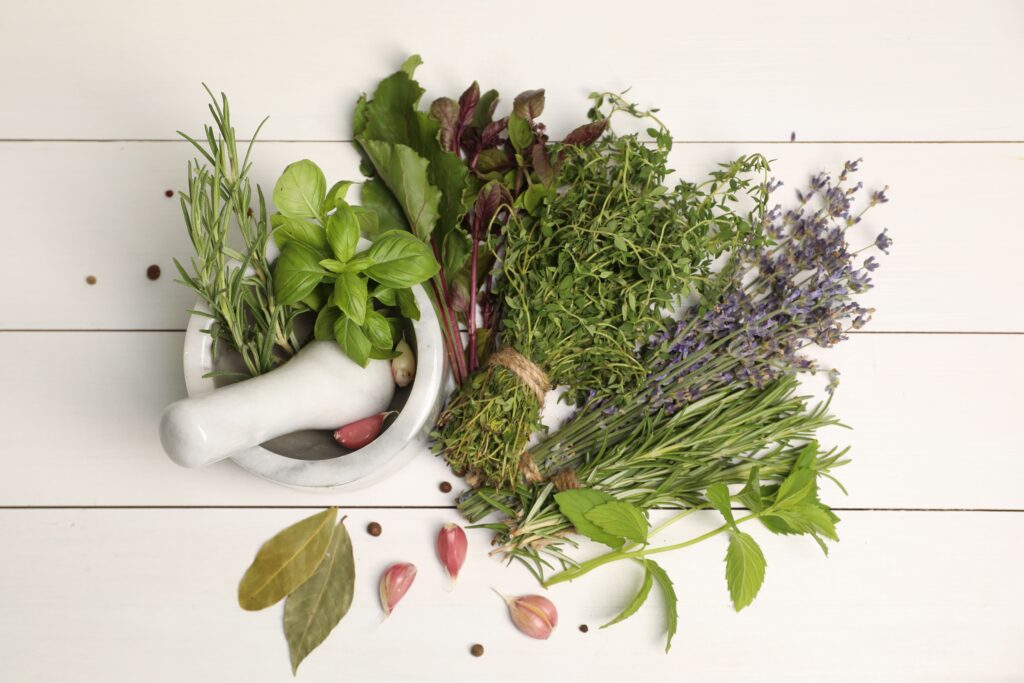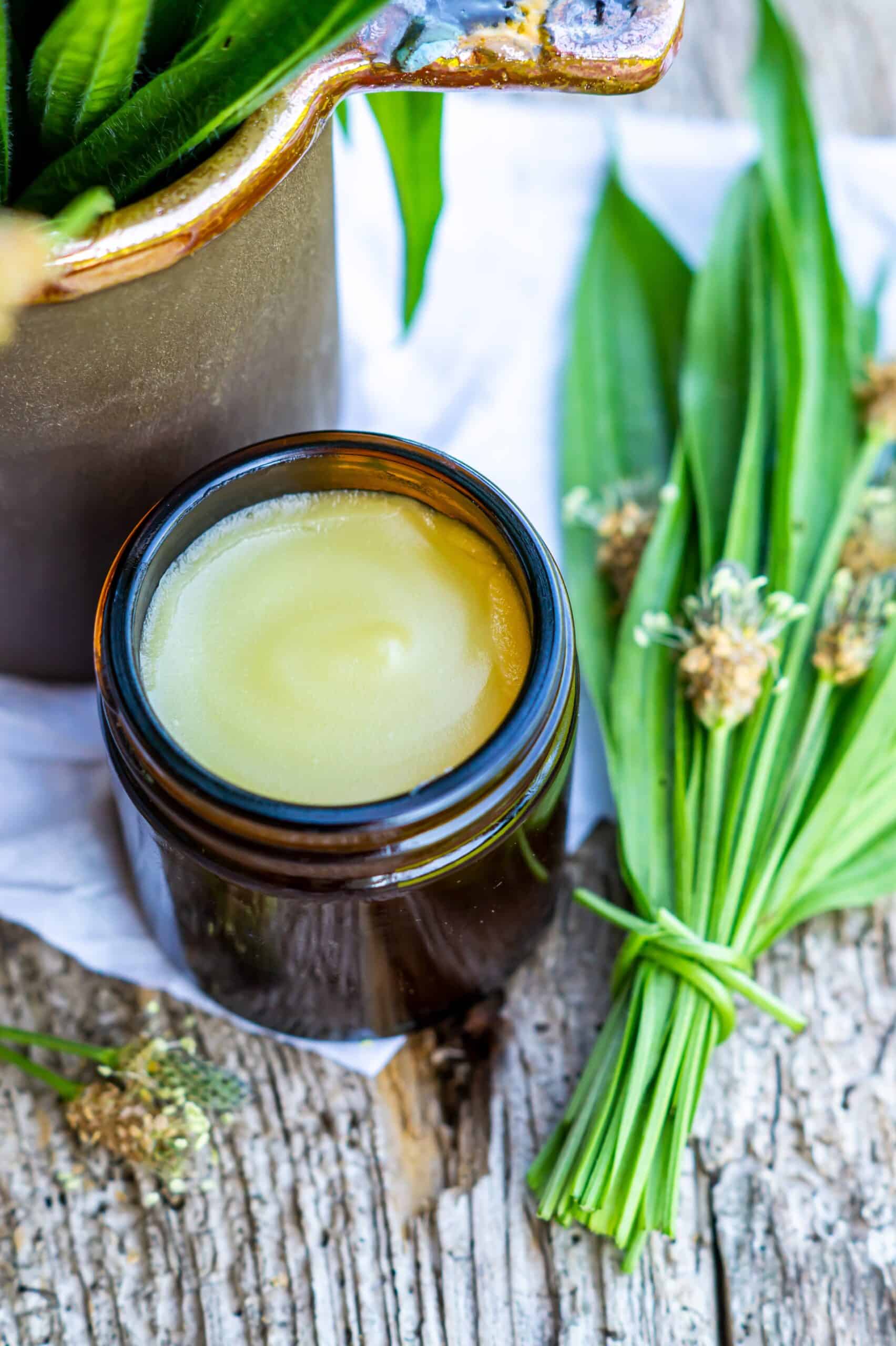
How to Make Your Own Herb-Infused Oils and Vinegars
Fresh herbs burst with vibrancy and aroma; dried herbs offer convenience and concentrated flavour. But which is best — and when? This blog post breaks down the key differences between fresh and dried herbs, offers smart substitutions, and shares tips on how to cook with each effectively. Whether you’re just getting started or levelling up your cooking skills, understanding the balance between fresh and dried herbs can help you elevate every dish with confidence and ease.
Outline
- Why Herbs Matter in Cooking
- Fresh Herbs: Benefits, Best Uses & Storage Tips
- Dried Herbs: Benefits, Best Uses & Storage Tips
- Fresh vs. Dried: How to Substitute Like a Pro
- Common Mistakes to Avoid
- Cooking Tips for Getting the Most Flavour
- Quick Reference Table: Fresh vs. Dried
- Final Thoughts: It’s Not Either/Or — It’s Knowing When
Why Herbs Matter in Cooking
Herbs do more than just add flavour — they define cuisines, create balance, and bring freshness to food without extra salt or fat. From vibrant basil in a tomato salad to warming dried oregano in a slow-cooked stew, herbs can turn a basic dish into something memorable.
Fresh Herbs: Benefits, Best Uses & Storage Tips
Benefits
- Bright, delicate flavour
- Adds colour and visual appeal
- Excellent for finishing dishes and raw applications
Best used in:
- Salads, salsas, fresh sauces (e.g. pesto, chimichurri)
- Sprinkled on cooked dishes just before serving
- Cold dishes or quick sautés
Storage Tips:
- Wrap in damp paper towel and store in a zip bag in the fridge
- Treat soft herbs (like basil or parsley) like flowers — store in a jar of water on the counter
- Use within 3–5 days for best quality
Dried Herbs: Benefits, Best Uses & Storage Tips
Benefits
- Long shelf life (6–12 months)
- Concentrated flavour — a little goes a long way
- Perfect for long cooking times
Best used in:
- Stews, soups, sauces, and marinades
- Breads, rubs, and seasoning blends
- Any dish that simmers, roasts, or bakes
Storage Tips:
- Store in airtight containers, away from heat, light, and humidity
- Label with date — dried herbs lose potency over time
- Crush between fingers before use to release oils
Fresh vs. Dried: How to Substitute Like a Pro
A general rule of thumb:
1 tablespoon fresh herbs = 1 teaspoon dried herbs
Why? Because dried herbs are more concentrated in flavour due to moisture loss.
Example:
- If a recipe calls for 1 tablespoon fresh rosemary, use 1 teaspoon dried rosemary instead.
Tip: Always taste and adjust. Some dried herbs (like thyme or oregano) pack a punch, while others (like parsley) mellow out.
Common Mistakes to Avoid
- Overusing dried herbs: They’re potent! Start small and build flavour.
- Adding fresh herbs too early: Delicate herbs lose flavour and colour if cooked too long.
- Using dried herbs past their prime: Check colour and aroma — faded = flavourless.
- Muddling soft and woody herbs: Basil and parsley act differently than rosemary and thyme — treat accordingly.

Cooking Tips for Getting the Most Flavour
With Fresh Herbs:
- Add toward the end of cooking or after cooking
- Use as a garnish for aroma and brightness
- Tear, chop or chiffonade (thin ribbons) just before use
With Dried Herbs:
- Add early in cooking to let flavours bloom
- Toast briefly in oil or a dry pan to unlock fragrance
- Use in seasoning rubs, infused oils, and compound butters
Quick Reference Table: Fresh vs. Dried
| Herb | Use Fresh? | Use Dried? | Best In… |
|---|---|---|---|
| Basil | Yes | Less ideal | Pesto, salads, pasta dishes |
| Thyme | Yes | Yes | Stews, roasted meats, soups |
| Oregano | Mild fresh | Yes | Pizza, tomato sauce, marinades |
| Parsley | Yes | Mild dried | Salads, garnish, tabbouleh |
| Rosemary | Yes | Yes | Roasts, potatoes, focaccia |
| Mint | Yes | Fragile dry | Teas, desserts, salads |
| Sage | Yes | Yes | Stuffing, brown butter sauces |
| Chives | Yes | Mild dried | Eggs, dips, cheese, potatoes |

Final Thoughts: It’s Not Either/Or — It’s Knowing When
Fresh herbs are bright and lively. Dried herbs are deep and concentrated. The best cooks learn to use both — not as substitutes, but as different tools for different effects.
So next time you’re cooking, ask yourself:
- Do I want freshness or depth?
- Quick flavour or slow infusion?
- A punchy finish or a warm background note?
And let the herbs lead the way.
Would you like a printable conversion chart, a kitchen poster, or a simple herb usage planner? I’d love to help you bring this guide into your home in a practical way!

